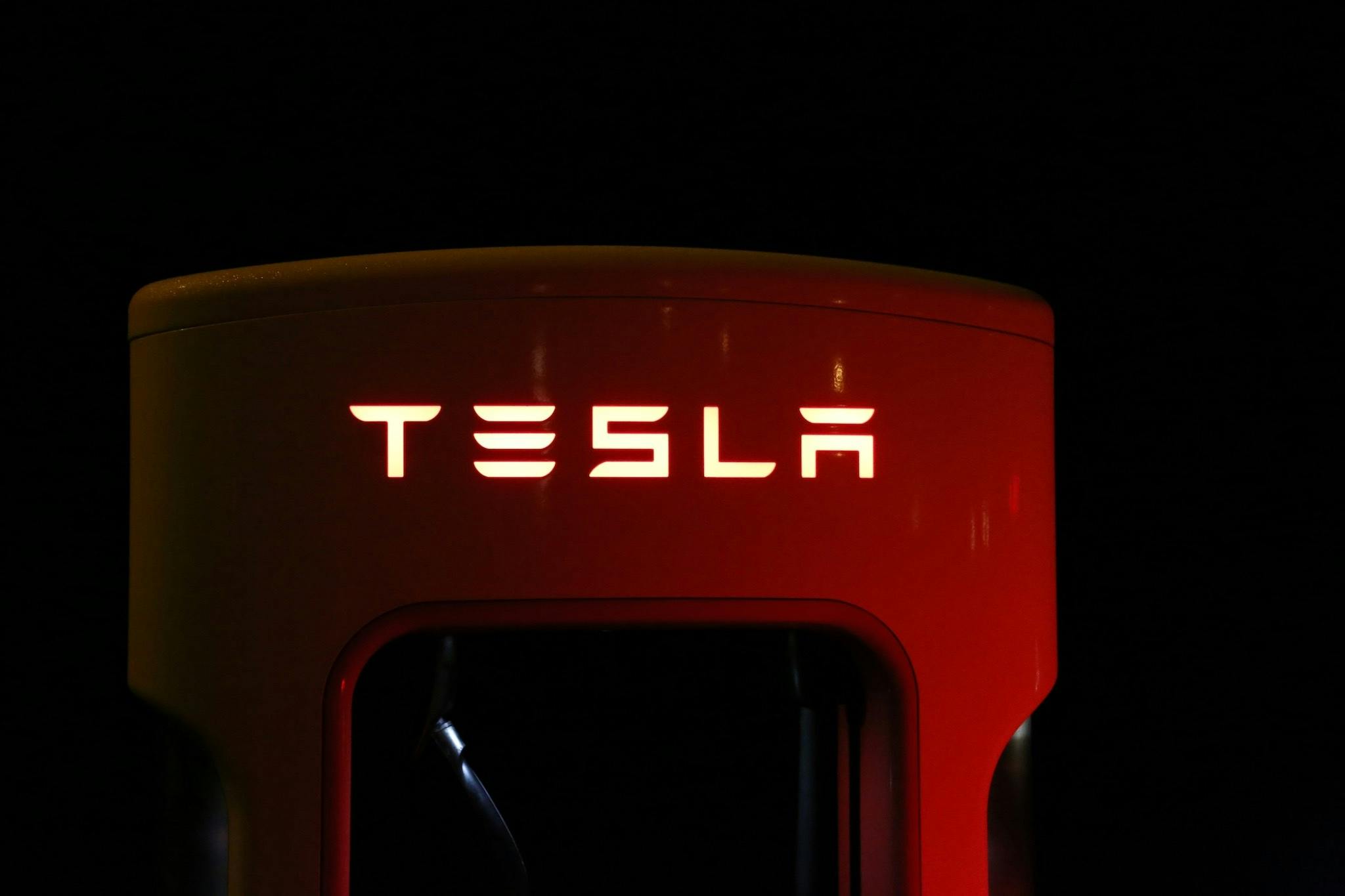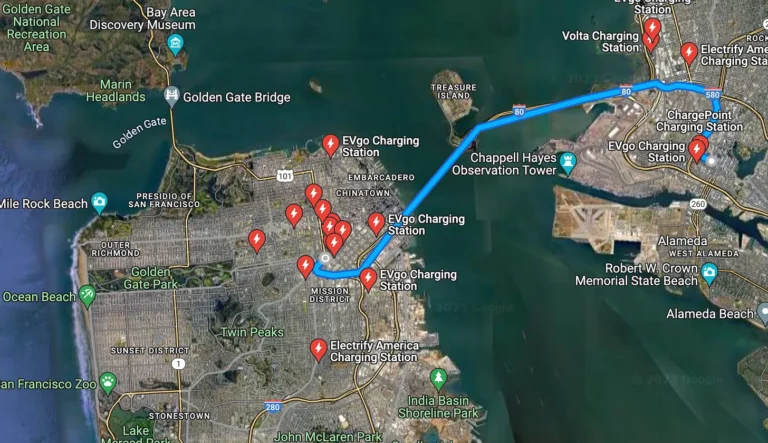Falling EV Sales in California May Have Massive Implications for Climate Policy

For the U.S. auto industry, California has long been a bellwether for much of the rest of the country. Due to long-standing air quality problems, California is the only state with the authority to set its own auto emissions standards. This unique power, known as the California Waiver, has allowed the state to enact regulations more stringent than those set at the federal level.
Not only does California have 36.1 million registered vehicles, over 10 million more than any other state, but several other states – including Massachusetts, New Jersey, and New York – have also adopted California’s emissions standards. Taken together, these markets are too large and too lucrative for automakers to ignore. As a result, California’s regulations have led to cleaner, more efficient vehicles for the entire country.
California’s latest initiative, and perhaps its most ambitious, is a ban on the sale of new gasoline and diesel passenger vehicles by 2035, with a goal of EVs accounting for 35% of all new vehicle sales by 2026. But the consumer EV market in California recently took a turn in the wrong direction.
According to the California New Car Dealers Association, EV sales fell by 2.8% in the third quarter of 2023, the first such quarterly decline in the state since 2012. EV unit sales tumbled another 10.2% in the fourth quarter of last year, pushing the market share of EVs in the state from 23.3% of new car sales to just 21.1%.
Reporting a 10% sales decline in the state in the fourth quarter of last year, Tesla, the largest EV maker in the world, was not spared from the slump. To stimulate demand and offset the decline, the company cut prices on two of its most popular models, reducing corporate profit margins in the process. The company also announced it expects to see slower year-over-year sales growth in 2024.
In Detroit, legacy automakers also appear to be picking up on the shift in consumer sentiment. General Motors Company withdrew plans to manufacture 400,000 EVs this year, and is delaying the release of two electric pickup trucks. Similarly, Ford Motor Company recently announced plans to halve its planned unit production of the electric F-150 pickup in 2024.
Waning interest in EV ownership in the California market is driven by a number of factors. These include a scarcity of charging stations, particularly functional ones. Not only do EV owners in the state often have to wait in long lines to access a public charging station, but recent studies have found that chargers malfunction at least 20% of the time.
EV sticker prices are also prohibitively high for many car buyers. According to Kelley Blue Book, EVs have an average retail price of $55,343, about 15% more than the average across all new vehicles.
Two consecutive quarterly declines in EV sales in California may be a blip – or the early stages of an emerging trend. According to the Environmental Protection Agency, transportation is one of the heaviest polluting sectors. Highway vehicles alone release an estimated 1.5 billion tons of greenhouse gasses into the atmosphere annually. As such, the Biden administration has set a goal of EVs accounting for 50% of the market within six years, a critical step to creating a net zero carbon emissions economy by 2050.
Encouragingly, electric car sales in the U.S. surged by 48% in 2023 to an all-time high of 1.1 million. Still, as of December 2023, EVs accounted for only 9.8% of all new vehicle sales. And if falling EV sales in California in the second half of last year are a preview of what’s to come nationwide, 2050 may soon prove to have been an overly optimistic target for achieving net-zero.
More from ClimateCrisis 247
- Wind And Solar Face Real Damage Under Trump Laws
- Europe Tesla Sales Plunge 40%
- There Are No Cheap Used EVs
- EV Sales Skyrocket, According To Study






